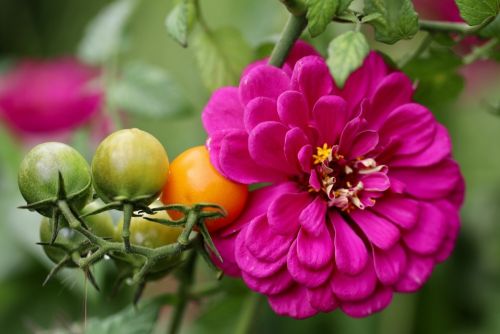The Hidden World of Mycorrhiza: How Fungi Can Supercharge Your Garden

In the intricate web of life within your garden soil lies a hidden ally: mycorrhizal fungi. These microscopic organisms are more than just fungi; they are vital partners in the growth and health of your plants. Forming symbiotic relationships with plant roots, mycorrhizal fungi extend far beyond the reach of the roots themselves, creating a network that enhances nutrient and water absorption. This symbiosis not only boosts plant health and productivity but also improves soil structure and resilience, making your garden more sustainable and robust.
Understanding mycorrhizal fungi is like unlocking a secret ingredient to a thriving garden. These fungi connect to plant roots and form a vast underground network known as mycelium, which facilitates the exchange of nutrients between the soil and plants. This relationship allows plants to access nutrients that would otherwise be out of reach, such as phosphorus and essential micronutrients. Additionally, mycorrhizal fungi improve the soil's ability to retain water, making plants more drought-resistant and less dependent on frequent watering.
In this article, we delve into the fascinating world of mycorrhiza, exploring how these fungi work, the myriad benefits they offer, and practical ways you can cultivate a mycorrhiza-rich environment in your garden. By integrating mycorrhizal fungi into your gardening practices, you can enhance plant growth, improve soil health, and create a more resilient and productive garden ecosystem.
What are Mycorrhizal Fungi?
Mycorrhizal fungi are specialized fungi that colonize plant roots, forming a mutualistic relationship where both the plant and the fungi benefit. The term "mycorrhiza" comes from the Greek words "myco" (fungus) and "rhiza" (root), reflecting this close association. There are two main types of mycorrhizal fungi: arbuscular mycorrhizae (AM) and ectomycorrhizae (EM).
Arbuscular Mycorrhizae (AM)
Arbuscular mycorrhizae (AM) are a type of mycorrhizal fungi that penetrate the root cells of their host plants, forming specialized structures known as arbuscules. These tree-like structures are the sites of intense nutrient exchange between the fungi and the plant. The arbuscules increase the surface area for the exchange of nutrients, such as phosphorus, and carbon compounds, like sugars, which are provided by the plant. This symbiotic relationship significantly enhances the plant’s ability to absorb essential nutrients and water from the soil, leading to improved growth and productivity. The presence of AM fungi also helps in improving soil structure and health, making it more conducive to plant growth.
Ectomycorrhizae (EM)
Ectomycorrhizae (EM) are another type of mycorrhizal fungi that form a dense network of hyphae around the root surface of their host plants, rather than penetrating the root cells. This network, often referred to as a mantle, envelops the roots and extends into the surrounding soil, creating an extensive system that increases the root surface area. This allows the plant to access nutrients, especially nitrogen and phosphorus, more efficiently. The hyphal network also aids in water absorption and protects the roots from pathogens by forming a physical barrier. Unlike AM fungi, EM fungi are predominantly associated with woody plants, including many forest trees, and play a crucial role in forest ecosystems by enhancing nutrient cycling and soil structure.
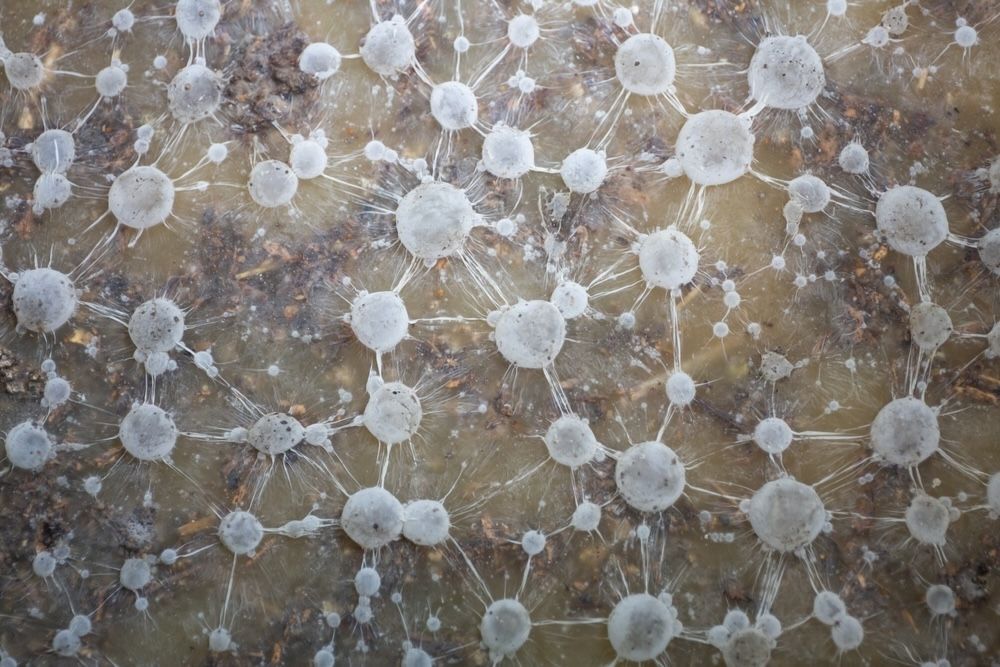
Benefits of Mycorrhizal Fungi
Enhanced Nutrient Uptake
Mycorrhizal fungi significantly enhance a plant's ability to absorb essential nutrients from the soil. By forming a symbiotic relationship with plant roots, these fungi extend the root system's reach far beyond its normal capacity. This extension allows plants to access phosphorus, nitrogen, and micronutrients more efficiently. In nutrient-poor soils, this is particularly advantageous, as the fungi can mobilize nutrients that would otherwise be unavailable to the plant. This improved nutrient uptake supports healthier and more vigorous plant growth.
Improved Soil Structure
The hyphae, or filamentous structures, of mycorrhizal fungi play a crucial role in binding soil particles together. This binding action enhances soil structure and porosity, creating a more stable and aerated environment for plant roots. Improved soil structure leads to better water retention, reducing the risk of soil erosion. As a result, plants benefit from a more consistent supply of moisture and nutrients, promoting overall soil health and fertility.
Increased Drought Tolerance
Plants associated with mycorrhizal fungi exhibit greater resilience to drought conditions. The extensive hyphal networks of the fungi enhance the plant's ability to access water deep within the soil. This increased water absorption capability means that plants can sustain growth and productivity even during periods of low rainfall or drought. The fungi also help retain moisture in the soil, further supporting the plant during dry spells.
Disease Resistance
Mycorrhizal fungi contribute to plant health by providing a natural defense against soil-borne pathogens. The fungi form a protective barrier around plant roots, physically blocking pathogens from reaching the root surface. Additionally, mycorrhizal fungi stimulate the plant's immune system, enhancing its ability to resist infections. This dual protection reduces the incidence of diseases, leading to healthier and more robust plants.
Enhanced Plant Growth and Yield
The combined benefits of improved nutrient and water uptake, better soil structure, and increased disease resistance translate into enhanced plant growth and yield. Plants associated with mycorrhizal fungi tend to be more vigorous, with greater biomass and productivity. This is particularly evident in crops like tomatoes, where studies have shown significant yield increases due to mycorrhizal inoculation. Overall, the presence of mycorrhizal fungi in the soil supports healthier, more resilient, and higher-yielding plants, making them an invaluable tool for gardeners and farmers alike.
Cultivating Mycorrhiza in Your Garden
Choose Mycorrhiza-Friendly Plants: Many plants benefit from mycorrhizal associations, but some are particularly responsive, such as tomatoes, corn, carrots, and many perennials. Avoid plants that do not form mycorrhizal relationships, such as members of the Brassicaceae family (e.g., cabbage and broccoli).
Use Mycorrhizal Inoculants: These are commercially available products containing spores of mycorrhizal fungi. Apply them directly to seeds, transplants, or soil to introduce beneficial fungi into your garden.
Minimize Soil Disturbance: Excessive tilling can disrupt mycorrhizal networks. Practice no-till or low-till gardening methods to preserve the integrity of fungal hyphae.
Avoid Excessive Fertilization: High levels of synthetic fertilizers, particularly phosphorus, can inhibit the formation of mycorrhizal associations. Use organic fertilizers and compost to provide nutrients in a more balanced and natural form.
Maintain Soil Health: Healthy, living soil is essential for mycorrhizal fungi to thrive. Add organic matter regularly, mulch your garden beds, and avoid the use of harsh chemicals that can harm beneficial soil organisms.
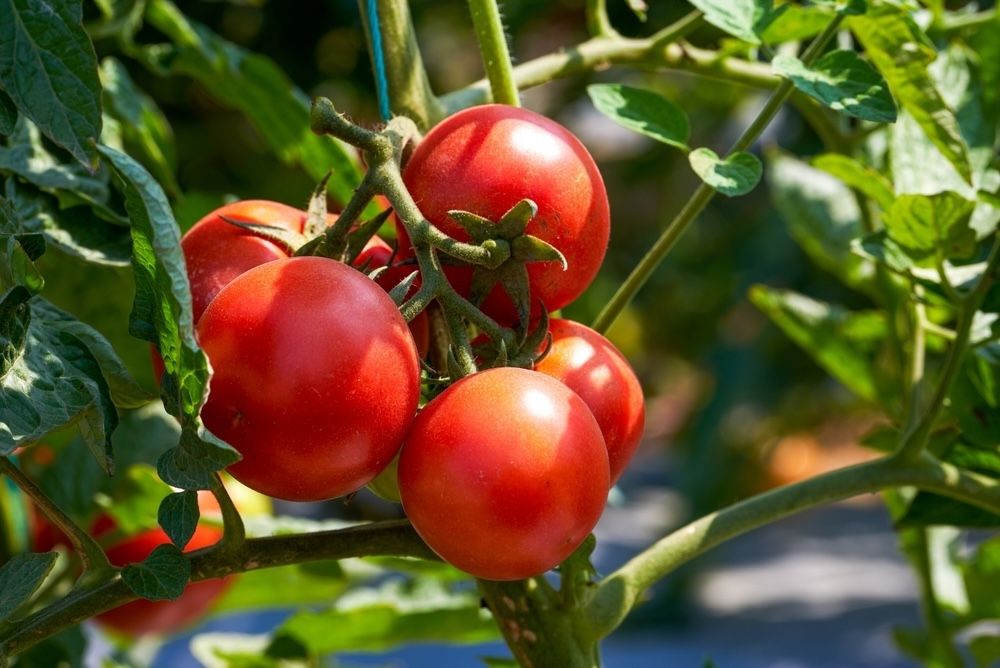
Where and How to Get Mycorrhizal Fungi
Mycorrhizal fungi are increasingly accessible to gardeners and can be purchased from various sources, including local garden centers, specialty agricultural stores, and online suppliers. These fungi are available in different forms, such as powders, granules, and liquid inoculants, each suited for different application methods and gardening needs.
Buying Mycorrhizal Fungi
Garden Centers and Nurseries: Many local garden centers and nurseries stock mycorrhizal fungi products, especially during the planting season. These centers often have knowledgeable staff who can offer advice on the best products for your specific garden needs.
Online Suppliers: Numerous online retailers specialize in gardening and agricultural supplies, offering a wide range of mycorrhizal fungi products. Websites such as Amazon, eBay, and specialized gardening sites like MycoBloom and Fungi Perfecti provide detailed product descriptions, customer reviews, and often, instructions for use.
Agricultural Supply Stores: For larger-scale gardening or farming needs, agricultural supply stores are excellent sources for bulk purchases of mycorrhizal fungi. These stores may also offer specialized blends tailored to specific crops or soil conditions.
Incorporating Mycorrhizal Fungi into Your Garden
To maximize the benefits of mycorrhizal fungi, it is crucial to apply them correctly. Here are several methods for incorporating these beneficial fungi into your garden:
Direct Application to Roots: When planting new plants, apply the mycorrhizal fungi directly to the root zone. This ensures immediate contact between the roots and the fungi, promoting quick colonization and symbiotic relationship development.
Soil Integration: For existing plants, mix the fungi into the soil around the base of the plants. This can be done by carefully working the fungi into the top few inches of soil, taking care not to damage the roots.
Seed Coating: For seeds, you can coat them with mycorrhizal fungi before sowing. This method is particularly effective for crops like vegetables and flowers, ensuring that the fungi are present from the very beginning of the plant’s growth.
Watering with Liquid Inoculants: Liquid mycorrhizal fungi inoculants can be mixed with water and applied during regular watering. This method ensures even distribution and is convenient for large garden areas or delicate plants that might be disturbed by soil mixing.
Important Considerations
When purchasing and applying mycorrhizal fungi, it is essential to follow the instructions provided by the supplier. Each product may have specific application rates and methods to ensure the fungi establish effectively and provide the maximum benefit. Additionally, maintaining a healthy soil environment by avoiding excessive use of synthetic fertilizers and pesticides will support the growth and activity of mycorrhizal fungi in your garden. By incorporating these beneficial fungi, you can enhance plant growth, improve soil health, and create a more resilient and productive garden ecosystem.
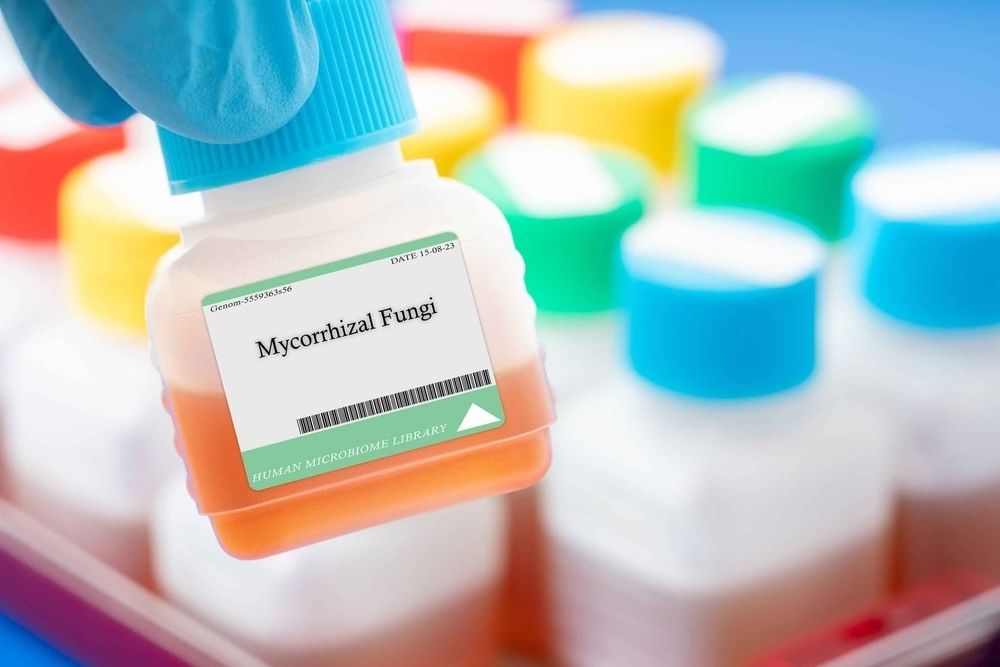
Real-Life Success Stories
Farmer's Yield Boost
In one notable study, tomato plants inoculated with arbuscular mycorrhizal fungi exhibited a remarkable 20% increase in fruit yield compared to their non-inoculated counterparts. This significant boost in productivity was attributed to several factors inherent to the symbiotic relationship between the fungi and plant roots. The mycorrhizal fungi effectively extended the root system, enabling the plants to access a broader range of nutrients, particularly phosphorus, which is crucial for fruit development. Furthermore, the presence of these fungi improved soil structure, enhancing water retention and aeration, which contributed to healthier root systems and overall plant vigor. This synergistic effect not only led to increased yields but also to more robust and resilient plants capable of thriving in varying soil conditions.
Source: MDPI
Drought-Resistant Gardens
Gardeners in arid and drought-prone regions have long sought sustainable methods to maintain plant health and productivity under challenging conditions. Incorporating mycorrhizal fungi into their gardening practices has proven to be a transformative solution. These fungi form extensive networks that significantly improve water absorption and retention in the soil. By increasing the surface area through which plants can access moisture, mycorrhizal fungi enhance the drought tolerance of their host plants. This means that during dry spells, plants associated with mycorrhizal fungi can sustain better growth and productivity compared to those without this symbiotic relationship. The fungi also help in maintaining soil health by improving its structure and reducing erosion, ensuring that plants have a stable and supportive environment even in adverse weather conditions. As a result, gardens enriched with mycorrhizal fungi demonstrate superior resilience, making them a game-changer for gardeners facing water scarcity.
Source: MDPI
Endnotes
Harnessing the power of mycorrhizal fungi can revolutionize the way you garden, leading to healthier plants, improved soil structure, and increased yields. By fostering this natural partnership, you can create a thriving, resilient garden ecosystem. Start by introducing mycorrhizal inoculants, choosing responsive plants, and maintaining healthy soil practices, and watch your garden flourish with the hidden help of mycorrhiza.
Check more articles on our blog
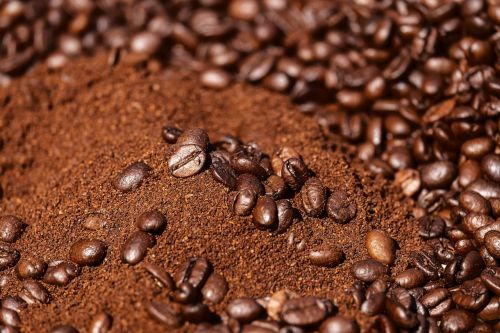
8 Different Ways You Can Use Coffee Grounds in Your Home
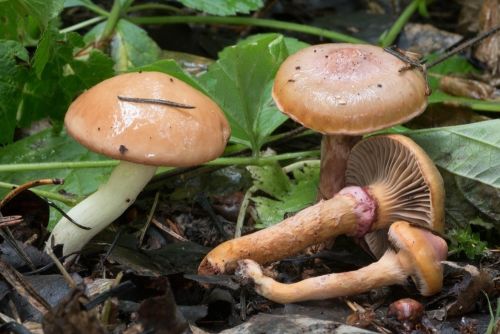
The Hidden World of Mycorrhiza: How Fungi Can Supercharge Your Garden

The Role of Beneficial Insects in Your Garden: Nature’s Pest Control
